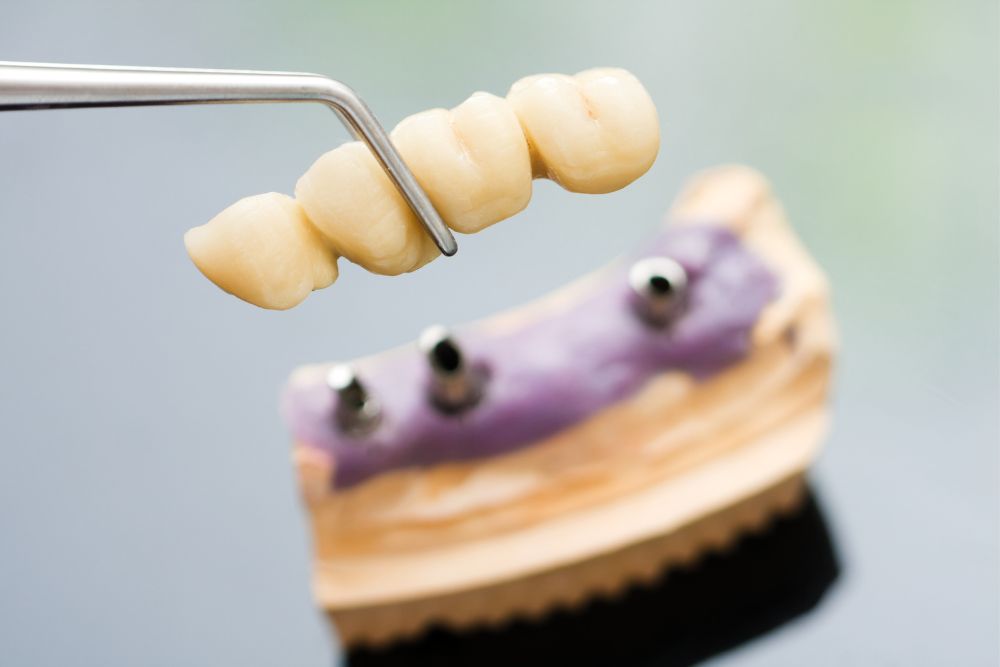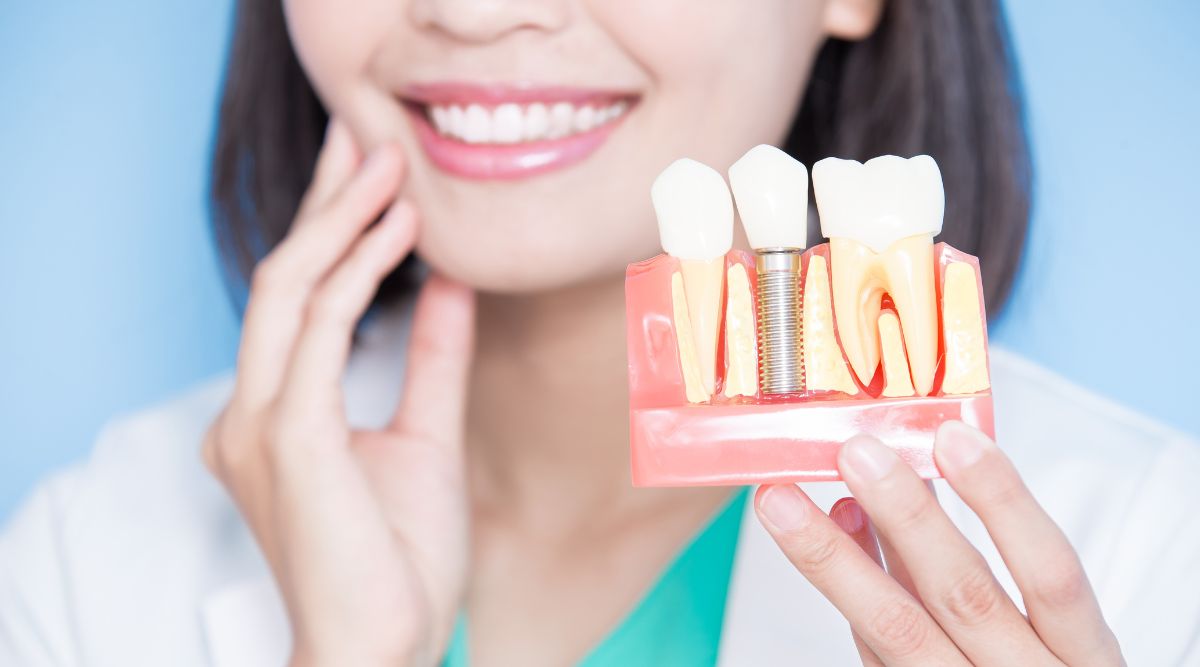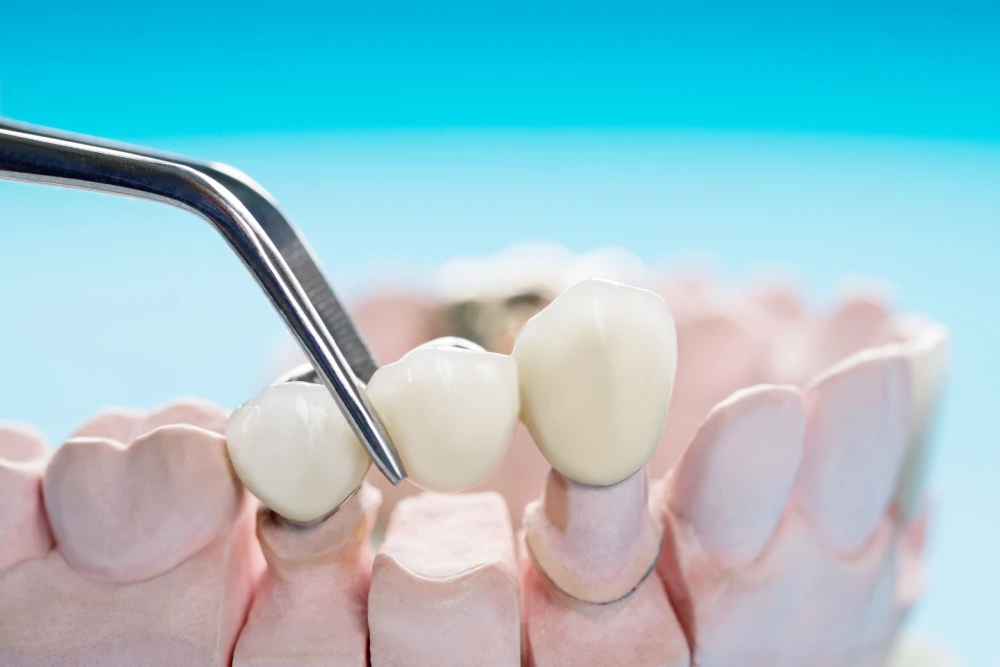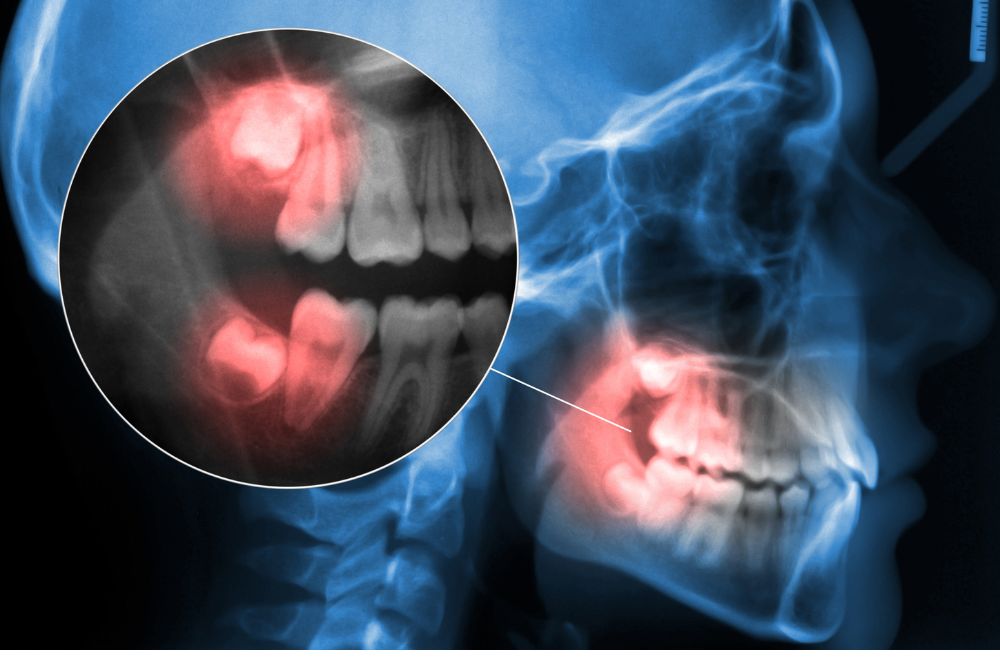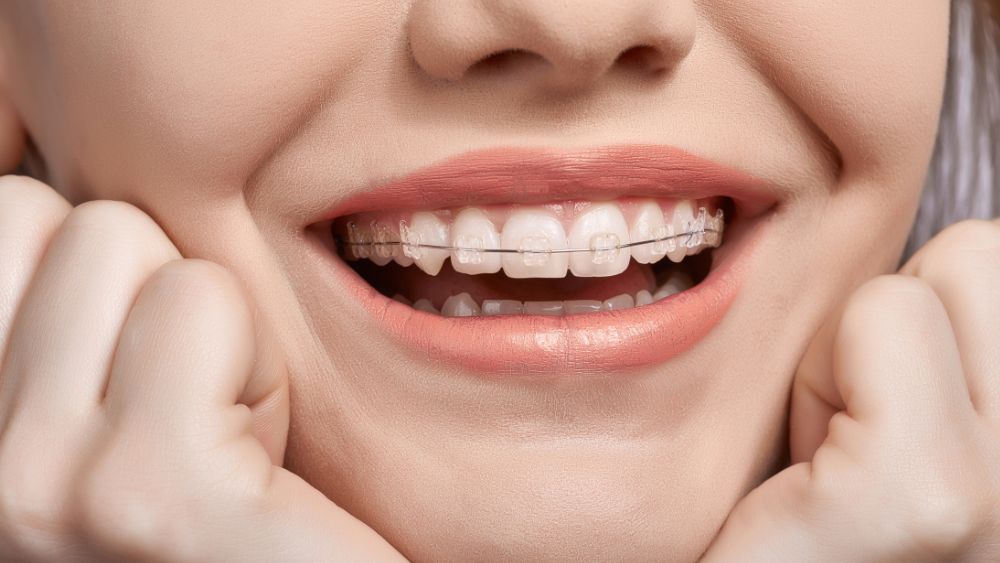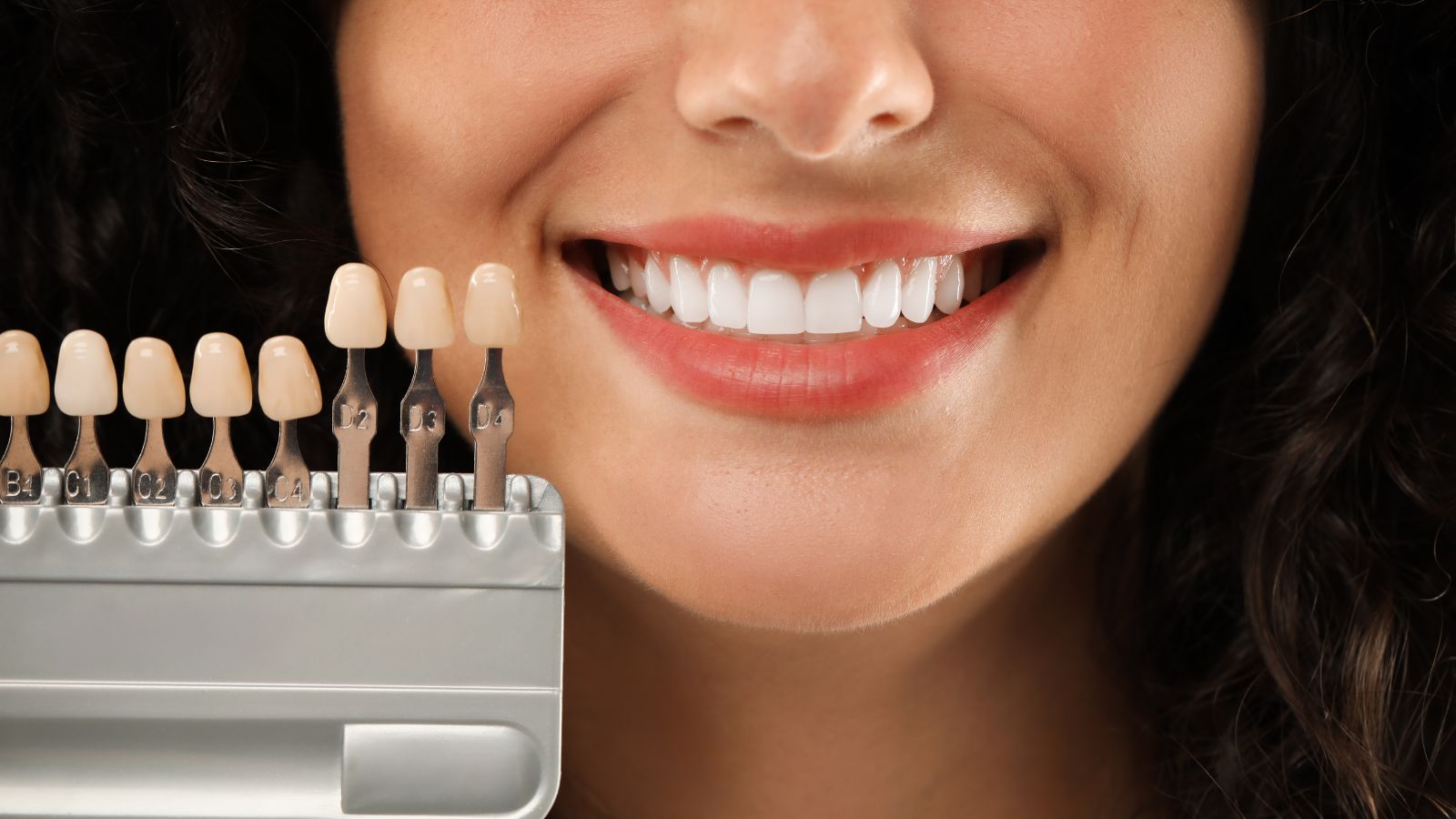When it comes to restoring a missing tooth, two popular solutions are dental bridges and implants. While both do an excellent job of filling in the gap and giving you back your smile, they differ in a few key ways—and the best choice for you often depends on your personal needs, lifestyle, and long-term goals.
The Tooth Truth: What Happens When You Lose One
Our teeth take a beating over the years. Whether it’s from an unexpected injury, years of wear and tear, or just forgetting to floss a little too often, losing a tooth is common—especially as we get older.
But a missing tooth isn’t just a cosmetic issue. It can make eating and speaking harder, shift surrounding teeth out of place, and even impact the shape of your face over time. That’s why dentists recommend addressing it sooner rather than later.
Luckily, modern dentistry offers two highly effective replacement options: dental implants and dental bridges. Let’s break down the differences, pros, and cons of each.
What Is a Dental Bridge?
A dental bridge is a non-surgical option that “bridges” the gap left by a missing tooth. It involves placing crowns on the healthy teeth on either side of the space, with a false tooth (called a pontic) suspended in between.
Advantages of Dental Bridges:
- Faster results: Typically completed in two visits over a few weeks.
- No surgery needed: Ideal for patients who prefer to avoid oral procedures.
- Insurance-friendly: More likely to be covered than implants.
- Affordable upfront: Generally costs less than implants initially.
- Restores function: Helps with chewing, speaking, and keeps neighboring teeth in place.
Considerations:
- Shorter lifespan: Bridges may need to be replaced every 5–7 years.
- Involves nearby teeth: The process requires reshaping healthy teeth to support the bridge.
- Trickier to clean: Flossing underneath a bridge requires special tools and effort.
- Increased decay risk: It’s harder to maintain oral hygiene, potentially leading to cavities around the bridge.
What Is a Dental Implant?
A dental implant replaces both the root and the crown of a missing tooth. A small titanium post is surgically placed into your jawbone, which acts as a new root. After healing, a crown is attached to the top, creating a strong and natural-looking tooth.
Benefits of Dental Implants:
- Long-term solution: Implants can last decades, sometimes a lifetime.
- Natural look and feel: Often indistinguishable from real teeth.
- No impact on neighboring teeth: Unlike bridges, implants don’t rely on adjacent teeth for support.
- Easier maintenance: You can brush and floss around implants just like real teeth.
- No cavities: The implant itself won’t decay.
Things to Keep in Mind:
- Surgical process: Implant placement involves oral surgery and healing time.
- Time commitment: It can take several months from start to finish.
- Higher cost: The upfront investment is greater than a bridge.
- Insurance limitations: Implants are less frequently covered by insurance.
- Not for everyone: Not ideal for younger patients or those with jawbone issues.
Making the Right Choice for You
So how do you decide between a dental bridge and an implant? Start by asking yourself a few key questions:
- Do I want a faster, less invasive solution?
- Am I comfortable undergoing oral surgery?
- What’s my budget, and will my insurance help?
- How much time and effort am I willing to put into long-term maintenance?
- Do I want the longest-lasting option available?
Ultimately, both options can restore your smile and improve your quality of life. Your dentist will consider your oral health, bone structure, and personal preferences before recommending the most suitable treatment.
Bottom line? There’s no one-size-fits-all answer. But with the help of a knowledgeable dental professional, you can choose the option that fits you best—and smile confidently for years to come.

